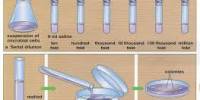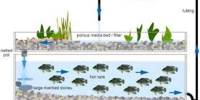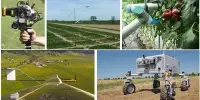Urban horticulture is the science and art of promoting the successful growth and development of ornamental plants, turf, vegetables and fruit in the urban environment.
In many ways urban horticulture is just as broad and diverse a subject as commercial horticulture. Plants are often used grown in cities for their intangible benefits – aesthetic, architectural, recreational and psychological – but their physical functions are also valuable; plants create and define outdoor spaces, provide shelter from wind, rain and noise, filter dust, reduce sun glare from glass and metal, reduce unpleasant temperature variations, improve air quality and conserve energy. But with few exceptions, the value of plants for most of these purposes has not been quantified to any extent and little research work has been done on their functional use.
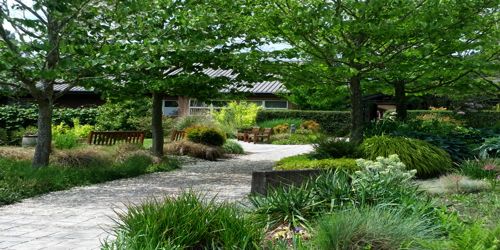
Sustainable urban horticulture includes:
Social sustainability – maximize the personal connection to nature and the enjoyment of gardens and plants
Ecological sustainability and stewardship – minimize the ecological footprint of the garden and maximize the relevance of gardens and green spaces to promote natural biodiversity
Micro-economic sustainability – add to aesthetic and property values through innovative landscape design.
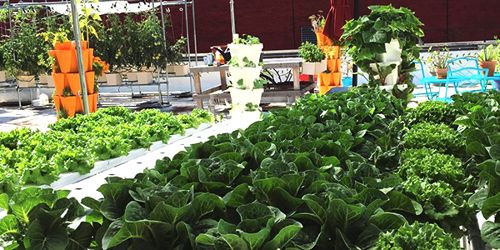
Advantages of urban horticulture production:
- Efficient water usage less insects and disease
- Require little physical effort, weak/old and young can do it
- Require limited space.
Urban horticulture increases global food production by exploiting new locations for cultivation. However, higher land prices and urban pollution constrain urban horticulture. In this paper, we review different urban cultivation systems throughout the world. To enhance sustainability, urban horticulture has to be integrated into the urban planning process and supported through policies. However, future food production should not be “local at any price,” but rather committed to increase sustainability.

